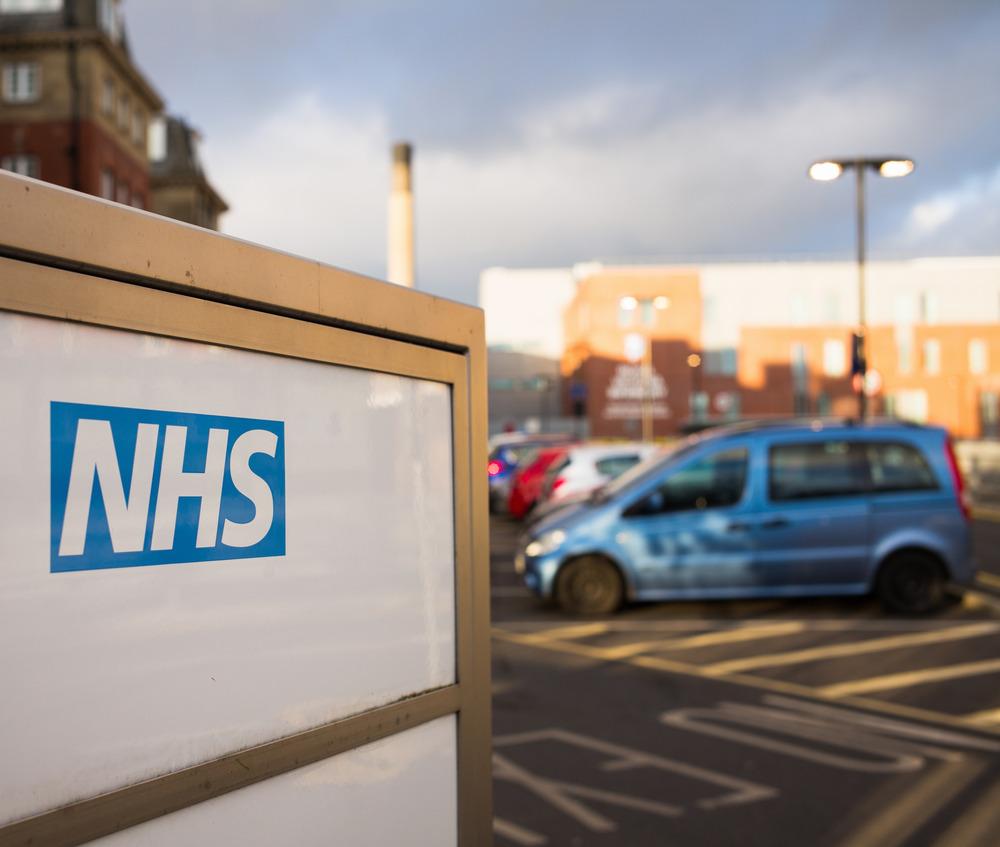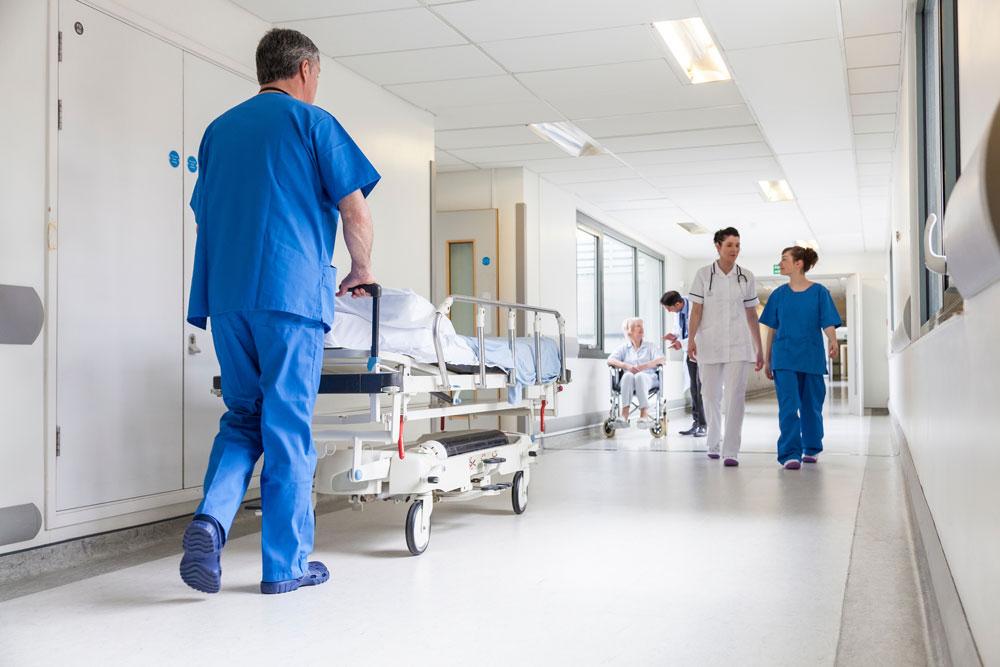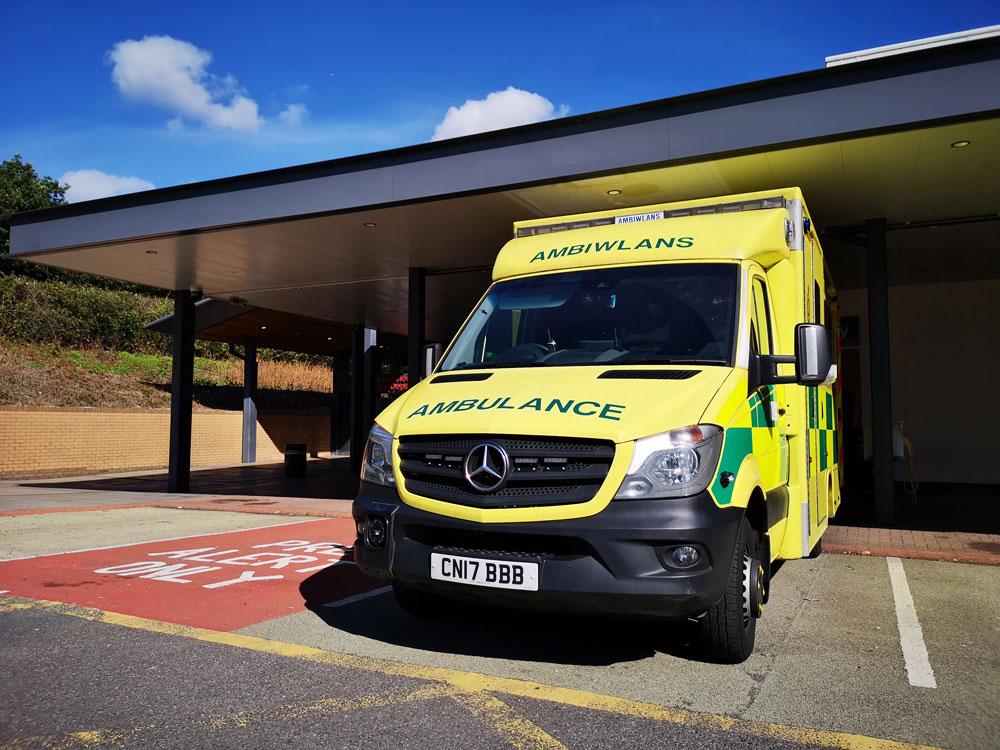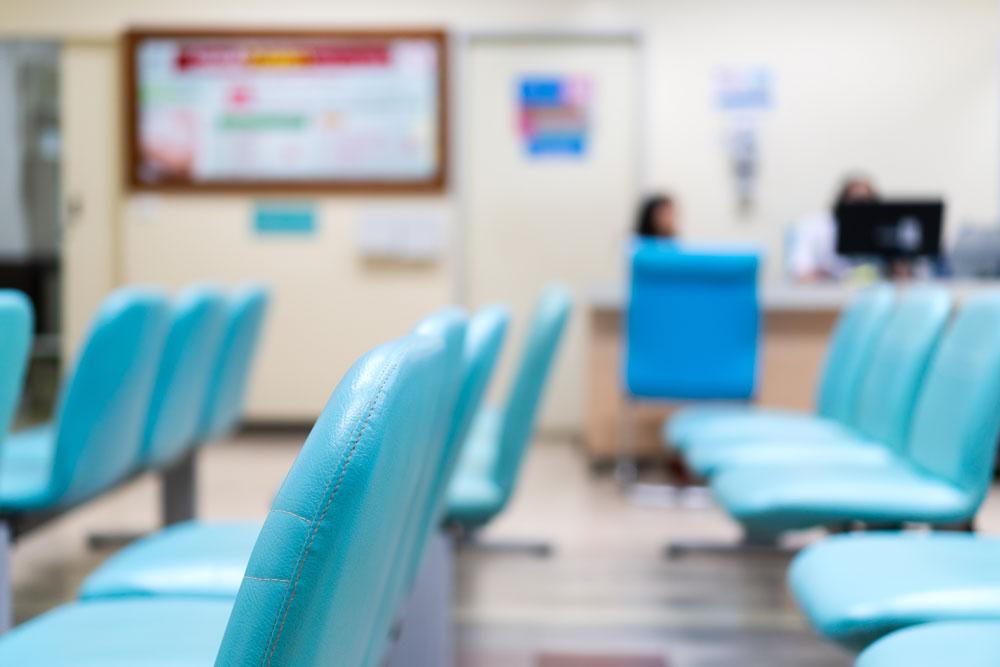In the stressful environment of hospitals and healthcare settings, signage plays a crucial role in guiding patients, visitors, and healthcare staff.
Well-designed and well-placed signage not only contributes to the efficient flow of operations but also has a significant role in the overall patient experience. Of course, the main purpose of signage is to quickly and clearly convey information. For this to be achieved, signage should use simple language, large fonts and concise messages.
This makes it easier for those reading them to understand and follow.
Use universally recognised symbols, where possible, such as for the toilets. It is important to avoid medical jargon that patients won’t understand.
For readability purposes, it is important to have high contrast between text and background, especially in a medical setting where visitors may have visual impairments or are likely to be in a rush.
Choose colours that comply with accessibility standards, but also create a welcoming and calming atmosphere.
Consistency is important, in terms of font, colour and symbols, as it creates a cohesive and professional look and is easier to follow. Signage should be patient centric. It should provide information that is relevant and supportive.
This includes directional signs to important departments, but also informational signage about services such as support groups and wellness resources.
As well as providing the above information, there should also be signs in place in case of an emergency.
In line with regulations, signs should show clearly marked exit routes, evacuation plans, and the location of emergency equipment. Depending on the demographic of your visitors, you should consider multilingual signage to accommodate patients and visitors who may speak a different language. This ensures that crucial information is available to everyone.
Where a sign is placed is of utmost importance, especially when visitors are likely to be stressed or in a hurry. Signs should be placed at key decision points, like entrances, waiting areas and lifts.
In order to ensure the effectiveness of signage, regular audits and maintenance are necessary. Faded or damaged signs can lead to confusion, but can also compromise safety. There should be a schedule for regular inspections and repairs and patients and staff should know how to report problems. You can use surveys and suggestion boxes to gain feedback.
You should also check that signs are updated with relevant information, for example if a department moves or if social distancing measures are no longer needed, so people are not made to wander in the wrong direction.
Effective signage is crucial to the effective running of a hospital or healthcare facility. Not only does it provide needed information, how this is presented has a significant impact on patient and visitor experience.





